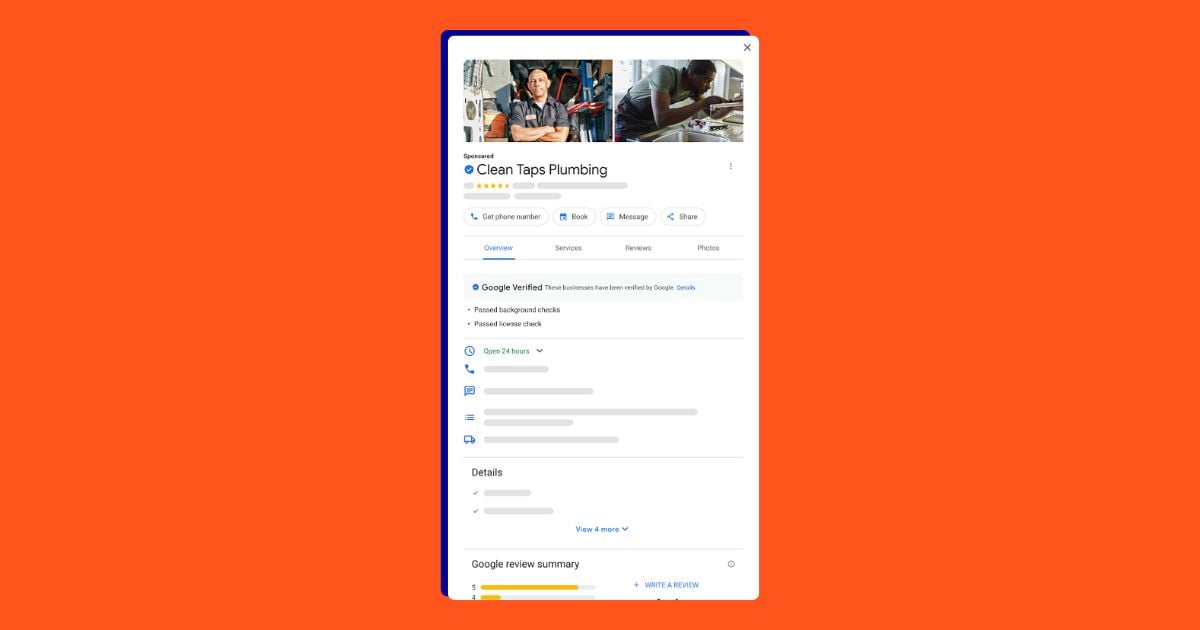Important: Modified broad match is no longer as of February 18, 2021. So sad! Here’s what you can do:
- Understand the announcement about modified broad match going away.
- Try these tips for using broad match in response to the change.
- Learn how to use broad match + audience targeting as a solid workaround.
Almost every week a client asks me, “What do those plus signs mean?” and I am constantly reminded that even though this keyword match type is fairly common, there are still a lot of people who have no idea it exists.
If you haven’t caught on yet, this match type is known in Google Ads (formerly known as Google AdWords) as the Broad Match Modifier, but it is more commonly and widely known as simply Modified Broad. People tend to shy away from using this match type because they don’t understand what it means or how it works. It can also be a time-consuming task to add the plus signs to each of those keywords you want to switch, but in the long run, this match type can be a big help to your account.
Essentially the idea is that whatever keyword you put the plus sign in front of is a “modifier” to the broad match keyword. You can add a plus sign to only one or two words in the keyword or to all words in the keyword. So, whichever word(s) you end up putting a plus sign in front of, Google will recognize as a “modifier” and will make sure that those words are always in the search query no matter what.
As an example, if you sell furniture and you are bidding on the keyword “red leather couch” on a phrase match type (meaning, those words in that exact order must be in the search query), you could be missing out on relevant traffic – queries that have similar intent but different phrasing. On the other end of the spectrum, if you are bidding on the same keyword on a broad match type, you may be bringing in too much irrelevant traffic or too much traffic in general.
This is where modified broad comes in handy. If you put the plus sign in front of red, leather and couch, like so:
+red +leather +couch
you are telling Google, I want to make sure that my ad DOES NOT show up for any search queries unless all three words are in it, and it doesn’t matter what order those keywords show up in. So someone searching for just “leather couch” you would not see your ad, because “red” was not in that search query, but if someone searches for “Leather couch in red” or “looking for a leather couch in red” you would show up, because all three words with a plus sign in front of them were in the search query.

You also have the ability to put the plus sign in front of certain words instead of all words in the keyword. This is typically good for those branded terms you want to make sure always show up or for certain items that you sell. So, using the example from above, if you are bidding on the keyword “red leather couch” and you want to make sure that you always show up with search queries containing the words leather and couch, but you don’t care if the word red is there, you can add a plus sign in front of leather and couch and leave red alone. Bidding on this keyword (red +leather +couch) will ensure that you show up for those searching for leather couches, but you can also show up for keywords associated with the word “red”; someone searching for “leather couch in burgundy” or “in need of a crimson leather couch” has the potential for your ad to show.
It’s time to find out which keywords are killing your Google Ads budget. Run our free Google Ads Performance Grader to get a personalized account audit!
When to Use Modified Broad Match
So now you are probably thinking, this is all great information but when and why would I use this match type? There is no definitive answer to this question but there are several factors you can use to make that decision. I typically tell people, and those of you who have talked to me before have probably heard this, that if something needs to be in a certain order you want to stick with a phrase match type; modified broad match type may not be the best option for you. This is typical for those branded terms or certain phrasings that only make sense to keep in that order.
For example: If you were to advertise for the Boston Police Department because they wanted to bring awareness to the upcoming civil service exam, you would most likely want to bid on the keyword “Civil Service Exam” on a phrase match type. This is because it would not make sense to show your ad for any other phrasing of those words. Examples like this are some reasons you would want to stay away from modified broad match types. If you don’t care what order they show up in, as long as all the words in the keyword are there in the search query, then modified broad match type will be a great in-between for you going from a broad match type to something a little more restrictive. To me, phrase match is almost telling that searcher what they need to type in for you to show up, but especially with Google, you never know what people are going to search for, so modified broad will help you get that traffic but not restrict it so much that no one will see your ad.
I may be a little biased because I typically think broad can be a bit more work in the upkeep department, which doesn’t make it a bad match type to use but you need to be consistent about adding negatives and monitoring the performance of those keywords. Broad keywords are usually going to have high impressions and not always the most clicks, which will lead to low click-through rates. This would be another great example of why you may want to switch your match types. Going along with the theory of phrase vs. modified broad that I just talked about, this would be a situation where you may not want to restrict your keywords to phrase, so by switching to modified broad, you can cut out a lot of that irrelevant and unqualified traffic but still keep those keywords to a fairly broad match type. One thing to keep in mind, if you are used to the high amount of traffic broad match keywords bring in, you may be surprised with a drop in impressions, but this is not something to immediately worry about, those keywords will still bring in a good amount of traffic over time.
There are definitely pros and cons to all the different match types and it can be confusing, but the more you know about them, the better off you and your account(s) will be. Take caution when changing your match types and make sure to remember that when you switch your match types, Google does consider this a new keyword. You may not see the metrics you are looking for right off the bat but keep in mind, Google Ads is not a set it and forget it type of process, so keep track of your changes. Don’t be afraid to revert anything or change any match type if you need to, because nothing in Google Ads is permanent; most things are trial and error, so it’s ok to make mistakes.
If you would like to talk more about match types, please feel free to comment below or reach out to your Customer Success Rep, we are always happy to talk match types!







